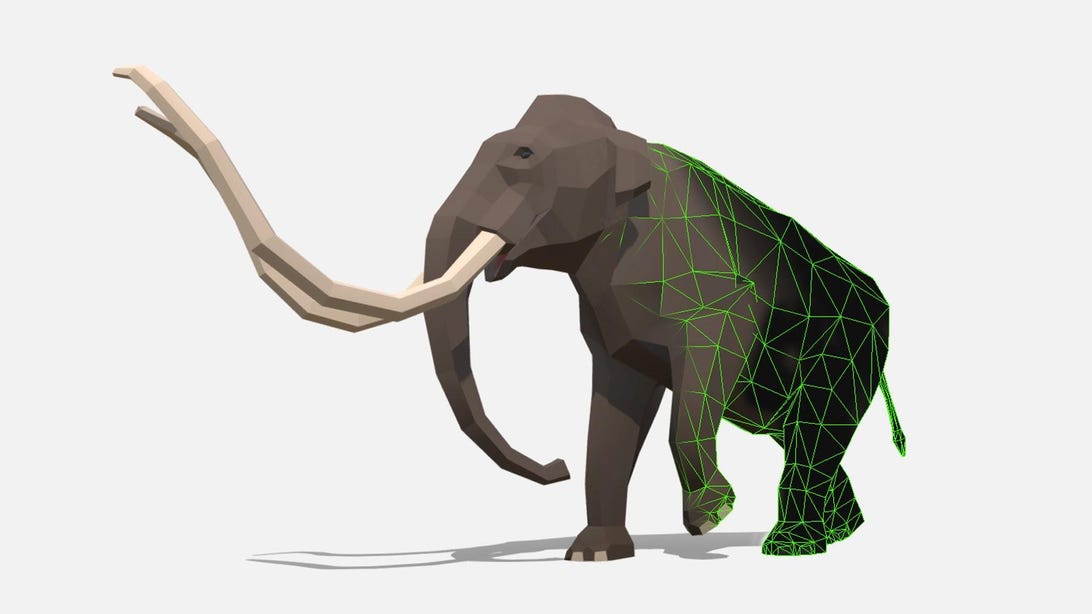
If you could increase the conversion rate of your free trials by 10%,how much of a difference would that make? For most companies, even a 5%boost in their trial-to-paid conversion rate would transform theirbusiness.
The problem is figuring out how to do that. What defaults should youuse? How should you design your trials? There are so many smalldecisions that can make a big impact.
To help, we created a cheat sheet on how to offer an effective freetrial so you don’t have to A/B test until you’re sick of hearing thefirst two letters of the alphabet.

To require a credit card or to not require a credit card?
The big debate when it comes to free trials is whether to require acredit card to access your trial. Companies and experts often go backand forth on the merits of both options. Here are our thoughts:
Requiring a credit card
Increases the number of people who convert at the end of the trial
Reduces the number of people who sign-up for the trial
Reduces the amount you spend on free trials for those without buyer intent
Trial participants are only those truly interested in your product
You’re better able to identify those who have already done a trial
Some forget to cancel the trial and could file a chargeback
Not requiring a credit card
Increases the number of people who sign up for your trial
Reduces the number of people who convert
Increases the costs of your free trial program
Trial participants might not be very invested in your product
It’s easier for users to get multiple free trials rather than signing up
Some argue that since you can get more people to try your product by notrequiring a credit card, you could potentially still convert enough tocome out ahead. However, that’s not always the case and whether thatstrategy makes sense might depend on your product.
For example, some free trials are expensive for companies to offer. Ifyou’re giving out trials to a significant mass of people who aren’texhibiting buying intent, you could be greatly increasing your customeracquisition costs and the number of months it will take to startgenerating income off that new subscriber.
If that customer churns before you hit that magic breakeven point,you’ll have lost money on that customer. You also don’t want to justpour people into your trial funnel. The number of users that take partin trials doesn’t matter to your bottom line. The percentage of peoplethat convert does.
If you have a small market and you encourage people into the trial whenthey don’t have a buying mindset, you’re also going to potentially burnthrough prospects that might have converted at a time they were moreinvested in finding a solution.
A free tier can be a great alternative to capture the wider audiencewithout requiring a credit card, but have the higher rate of conversionfrom a credit card gated trial.
For most businesses, requiring credit cards is a key part of effectivetrials.

Choose the right free trial length
Choosing the length of your trial seems easy. Just do the same as yourcompetitors! The industry standard knows best, right? But there is noone size fits all for free trials.
Your product’s time-to-value
Each product has a different time-to-value. The goal of your trial isnot just to get users to understand the value of your service but tofeel that it’s so valuable that it’s worth paying for. With someservices, that takes a bit longer than with others.
A music streaming service, for example, gives users immediate value ontheir trial. However, a workflow app for teams requires a company’sstaff to onboard onto it, learn the system, and figure out how to makeit fit into their workflow? That takes more than a week.
Also, your competitors might not know best. Or your product might havefunctionalities that distinguish your solution from theirs and require abit longer to fully understand and use.
Similarly, if you have a number of tiers for your trial or if your trialis focused around moving current users to a higher tier, you might needto give your users long enough to become so dependent on those featuresthey can’t imagine giving them up.
Testing different lengths
The good news is that you can test different trial lengths and see ifthey have an impact on conversion. To decide which trial lengths to try,spend some time thinking like a user. What will their use look like?What steps will they need to take to get to the point where they’regetting value from your product?
If your product requires a user to complete a lot of steps to understandit’s full value, you can offer trials where the user gets extra time ifthey complete certain trial milestones. You might offer an additionalweek if they invite someone from their team to use it or a few daysextra if they import their data. This can be a great way to ensure usersare getting the most out of their trial and doing things that optimizethem to convert at the end.

Showcase tiered features in your trial
Whether you’re trying to upsell a current paying user to a higher tieror trying to onboard a new user, your higher tiered features should bethe stars of your free trial.
Before your trial even begins
If your product offers a free tier, this should start before the freetrial even begins. Current users should be able to see the buttons forthe higher-tiered features they can’t access. Your UI and site flowshould clearly indicate that these are higher tiered features and whatthey do.
When users hover over them, they should be told how the feature works,its benefits, and what kinds of users like them. For example, a careernetworking site like LinkedIn might offer tiered features for highvolume users like recruiters. In this case, your copy would talk abouthow certain upper tier features are particularly valuable for companiesrecruiting over 20 people a year on the platform.
If users click on these features, they should see in context informationand benefits and be immediately able to sign up for a free trial to trythem out. Here you could break down how much the higher tier costs pernew employee when companies recruit 20 new staffers via the platformversus how much time it saves for recruiters.
During the trial
During a trial, you should also clearly distinguish which features areat a higher tier in the UI. When a user first uses a higher tierfeature, you could tell them with a pop-up, too. This allows users totest and know which features they won’t have access to after the trialis over. If they love those features, they’ll be aware that the only wayto keep them is to move to a higher tier.
Be meticulous about your copy
Copy matters a lot in trial conversion.
A trial is, essentially, a storytelling process. You are telling yourusers about your product and how it could improve their lives. You needeffective and succinct copy that shows why your product’s features willimprove their lives. You also need to teach them how to use it and helpthem if they’re struggling to figure that out.
Here are some things that can help on both those counts:
Explain your features and their purpose during your onboarding tutorial
Give examples for who the features benefit most when they first try them
Help them imagine how they will use your higher-tier feature by linking to blog posts or case studies showing how others have used that feature
Automate a drip campaign during their free trial with emails coming from key people from your company educating them about features or offering to answer any questions they have
Send them messages via email, in-product, and through other channels when they complete key trial milestones
Send them a reminder when their trial is almost over. If you can easily integrate their user data with this automated email, personalize this email so it talks about the product features they used most. This notification also helps you avoid chargebacks since they get notified before they are charged
Allow them to convert midway through their trial with a funnel page giving them a discount if they pay for the first period in a lump sum

Catch the people attempting a second trial
Given that 10% of people trialing any product have done the free trialpreviously, most people have double trialed a product at some point intheir lives. Some are frequent triple trialers. Rather than see this asa problem, we see it as an opportunity.
Repeat trialers represent your next conversions
The only people willing to go through the trouble of creating a newemail address or listing someone else’s address just to get anothertrial, are people who love your product. They’re a great population tomarket to because they’re already fans. In fact, they’re more likely toconvert if you ask them the right way.
That’s right, we think that repeat trialers can be an area of growth foryour business. By identifying them with products like Upollo, you canthen send them an offer designed to (finally) convert them. For example,you could offer them a discount on their first few months.
With 10% of users trying your product already fans, if you couldincrease your conversion of that group by just a few percentage points,that would make a huge impact on your revenue.
Conclusions
Effective trials are an art and a science. While some A/B testing iscritical to ensure that yours are optimized, creating a smart free trialstrategy is the most effective way to optimize your conversion rate.That involves paying careful attention to things like your trial length,how you highlight your features, and how you message your users duringthe trial.
It also means catching repeat trialers and sweetening the deal toconvert them. Upollo can help you find those repeat trialers and turnthem into happy paying customers. And we can do it in as little as threelines of code. Curious? Sign up for our beta and start converting moretrials.
Note: This article have been indexed to our site. We do not claim legitimacy, ownership or copyright of any of the content above. To see the article at original source Click Here












